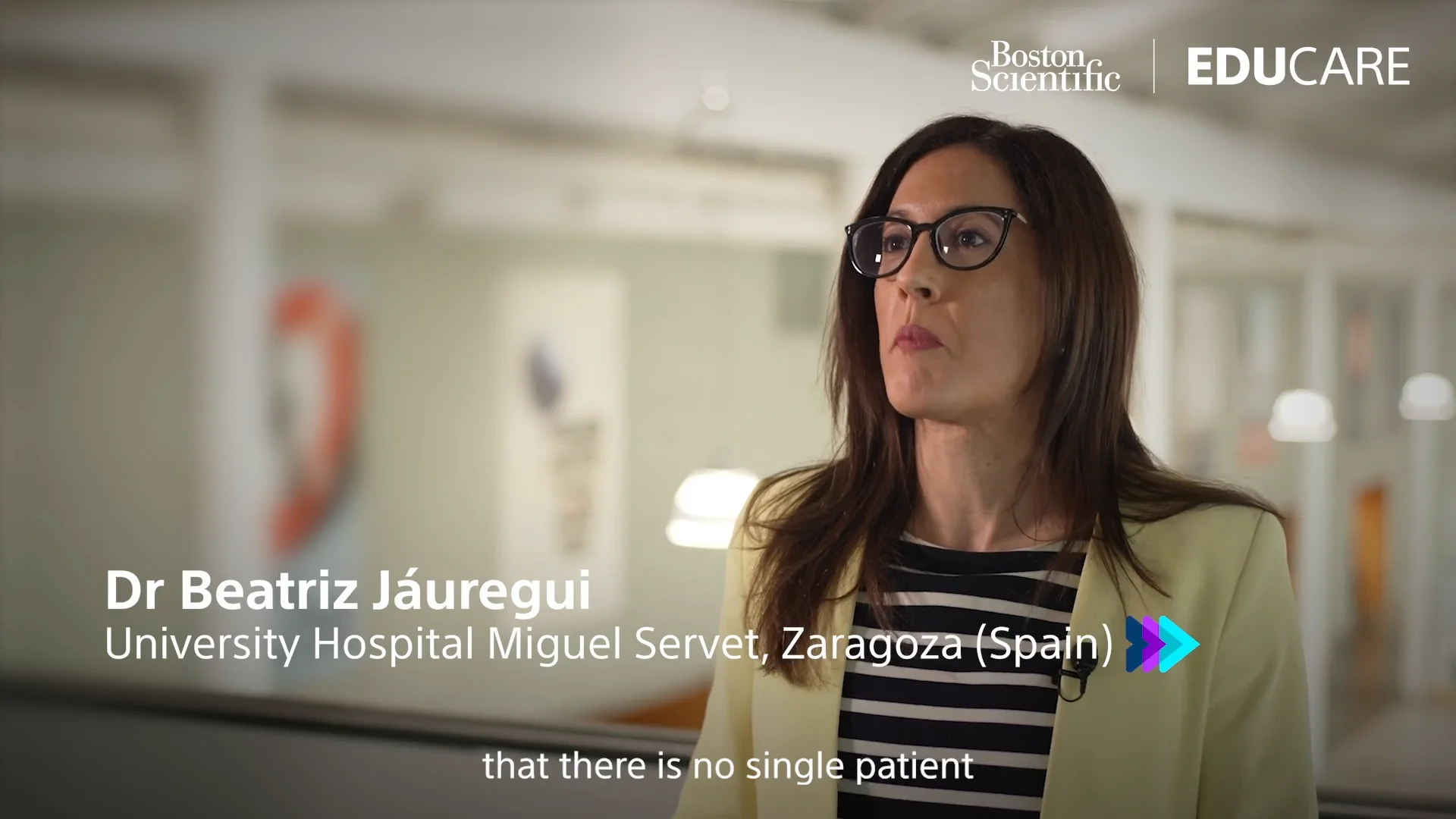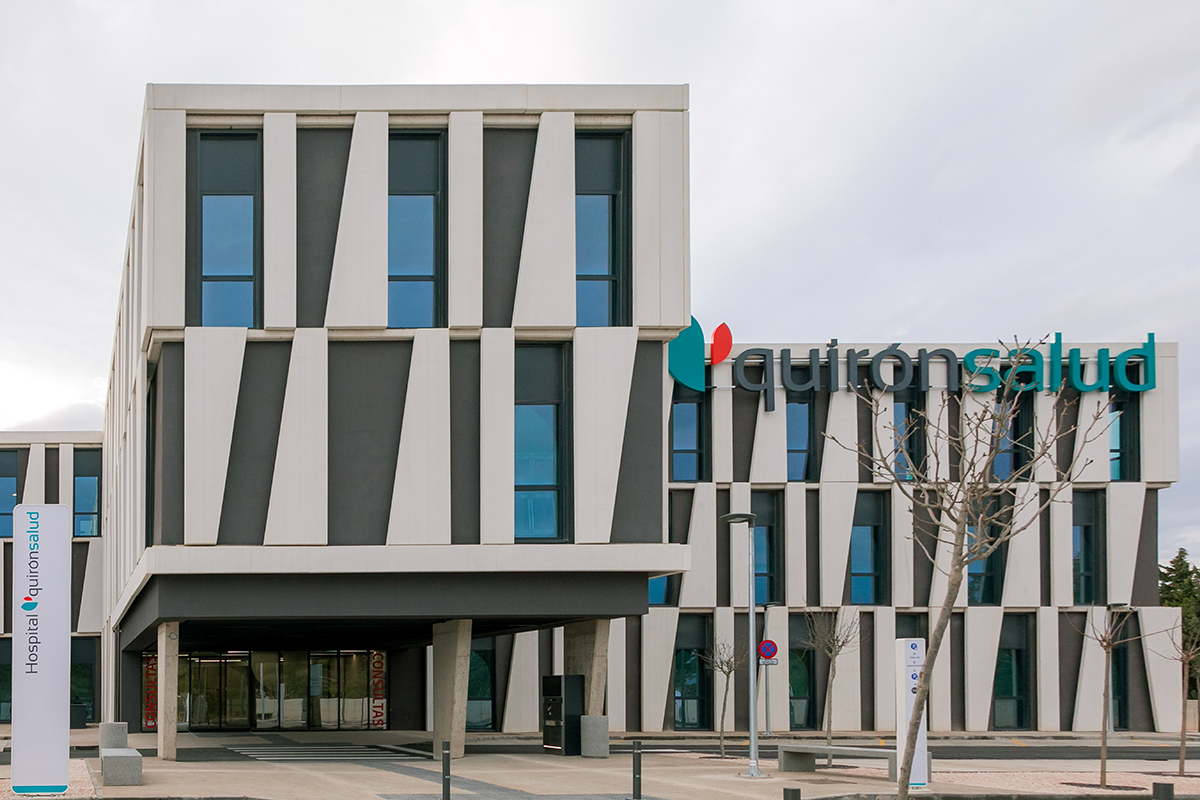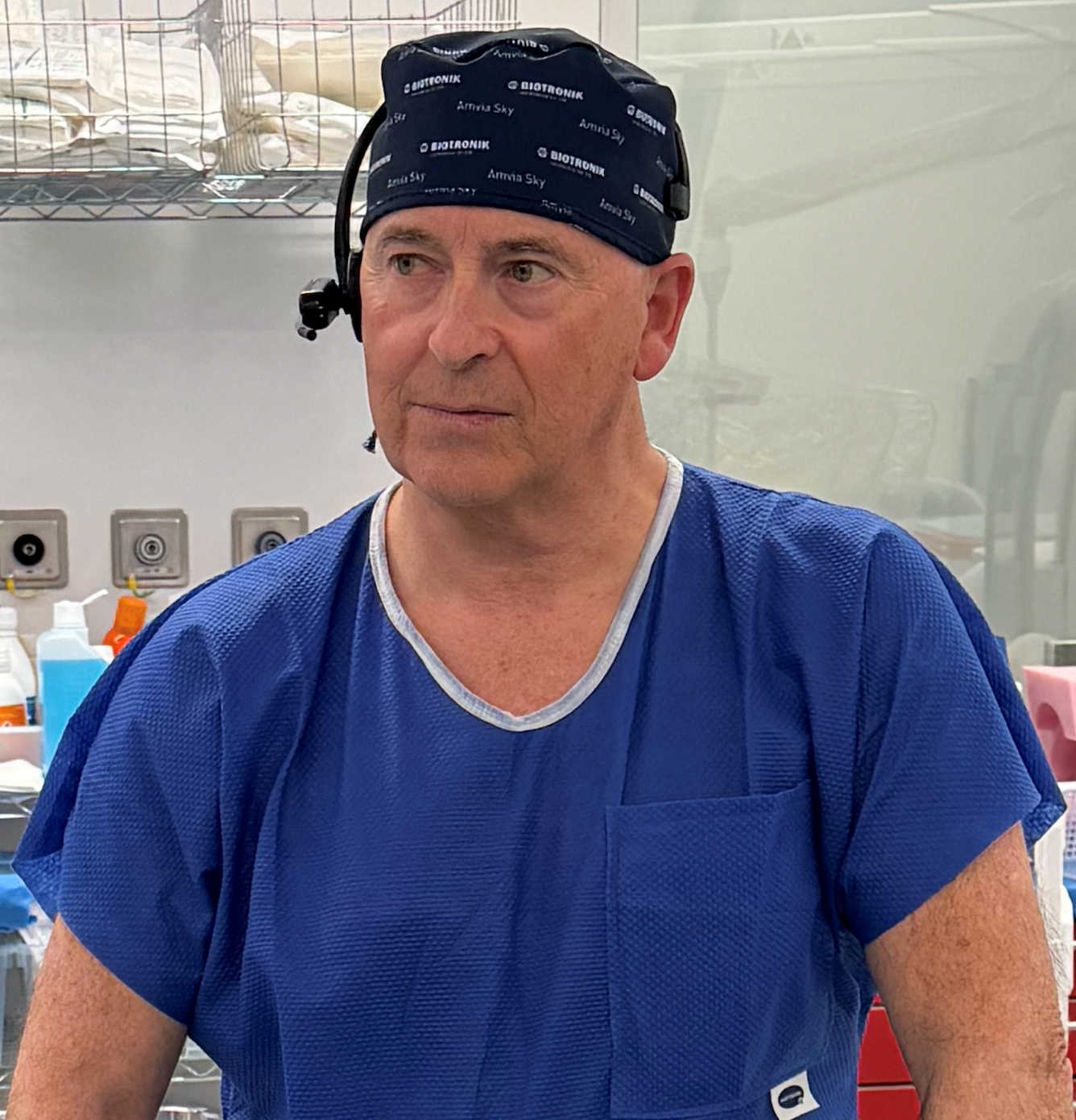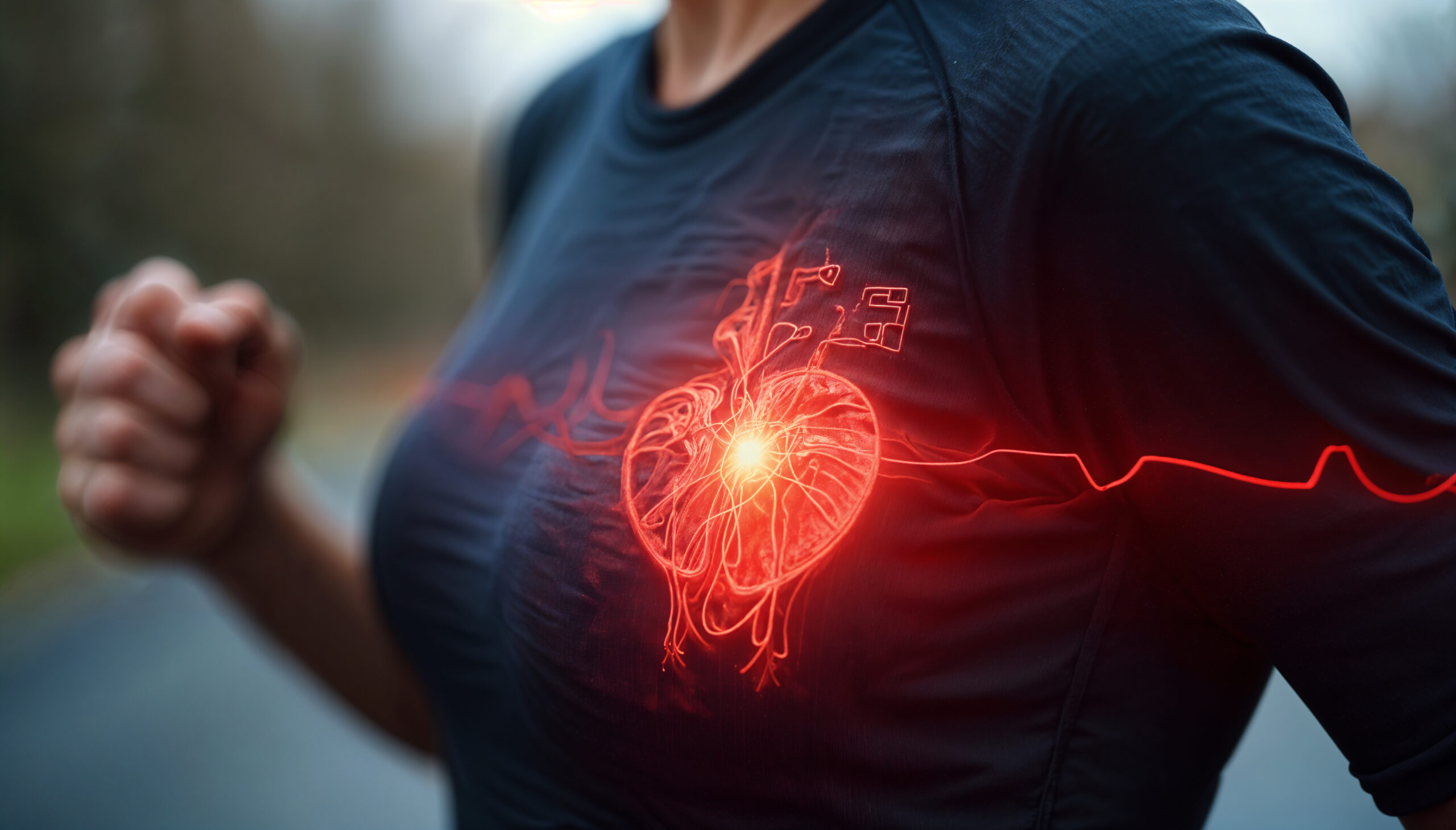We have learned that there is no single patient with the same anatomy. So every patient is different. And in with that in mind, I think we have to adapt the use of the catheter. We have to adapt, the way we move the catheter.
Anchorings to really cover the the pulmonary vein entrance. The first thing I would say is, adapt yourself to every anatomy and move the catheter and do the anchorings you need to really cover the intra depending on the size of the pulmonary veins and their position. So, one of the techniques that we have, changed in the last month or two years is to really adapt the way we, perform these applications, adapting ourselves to every anatomy.
It is very important. We have, already learned that contact is indispensable to to really achieve good lesions. We cannot, check if our lesions are good, in the in the acute phase of the procedure. So we have to really ensure that we have good contact. We can see it using fluoroscopy or if we have, you know, electronatomical systems, we can perform a map or a wing map to see that we have really, achieved, good antral vision. And this is absolutely, indispensable to to get a good installation, of course.
So my recommendation for new users would be, first of all, to ensure that they have good contact every time they apply, full steel.
This can be checked using fluoroscopy.
Check that your splines are not getting into the vein. Check that they are all in contact, apply the lesions and if you have the opportunity really, it’s good to learn when we’re mapping with, with arrhythmia or, an electronatomical system, it’s good to see what you have done because sometimes you think that you have covered everything and then doing math and you see that some veins, if they are big or if you have a less common trunk or or other anatomical variants, you can see that your lesions maybe are not so good as you expected. So it’s a good way to learn how to adapt yourself to every anatomy and to learn how to use the the catheter, which is very versatile and allows you to do lots of things.






